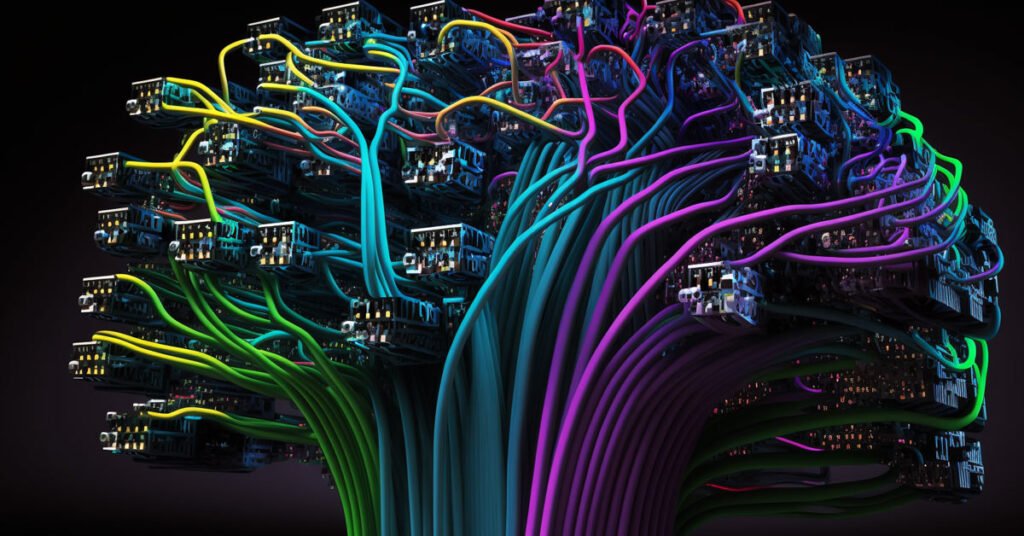Robotics and autonomous systems involve the design, development, and implementation of machines capable of performing tasks with minimal or no human intervention, leveraging artificial intelligence and advanced technologies to function efficiently and effectively.
Overview of Robotics and Autonomous Systems
Robotics and autonomous systems encompass a wide range of technologies, including:
- Robotics
- Industrial robots
- Service robots
- Humanoid robots
- Autonomous systems
- Self-driving cars
- Drones
- Autonomous underwater vehicles
Industrial Robots
Industrial robots are programmable machines used to perform repetitive tasks, such as assembly, welding, and painting, in manufacturing environments. They offer numerous benefits, including:
- Increased productivity
- Improved product quality
- Enhanced safety
- Reduced labor costs
Service Robots
Service robots are designed to assist humans in various tasks, including:
- Household chores (e.g., vacuuming, mopping)
- Healthcare assistance (e.g., elderly care, patient monitoring)
- Retail and hospitality (e.g., serving food, stocking shelves)
- Agriculture (e.g., crop monitoring, harvesting)
Humanoid Robots
Humanoid robots are designed to mimic human appearance, movement, and behavior. They have potential applications in:
- Social care (e.g., companionship for the elderly)
- Education (e.g., language learning, special needs support)
- Research (e.g., human-robot interaction studies, cognitive science)
Autonomous Systems
Autonomous systems are capable of making decisions and taking actions without direct human input, utilizing advanced sensors, algorithms, and machine learning techniques to function effectively.
Self-Driving Cars
Self-driving cars are vehicles equipped with sensors, cameras, and AI algorithms to navigate and operate without human intervention. They offer potential benefits, such as:
- Reduced traffic congestion
- Improved road safety
- Increased fuel efficiency
- Enhanced accessibility for disabled or elderly individuals
Drones
Drones, also known as unmanned aerial vehicles (UAVs), are remotely controlled or autonomous flying devices that serve various applications, such as:
- Aerial photography and videography
- Delivery of goods and packages
- Emergency response and disaster relief
- Agriculture (e.g., crop monitoring, precision spraying)
Autonomous Underwater Vehicles
Autonomous underwater vehicles (AUVs) are self-propelled, untethered machines designed to explore and perform tasks in underwater environments. Key applications include:
- Oceanographic research
- Environmental monitoring
- Offshore oil and gas industry support
- Search and rescue operations
Challenges and Ethical Considerations
Despite the numerous advantages offered by robotics and autonomous systems, challenges and ethical concerns persist, such as:
- Job displacement and workforce retraining
- Data privacy and security
- Liability and regulatory issues
- Ethical implications of AI decision-making
By addressing these challenges and striking a balance between technology and human needs, robotics and autonomous systems have the potential to transform industries and improve quality of life for people worldwide.
- Whispers from the Dark - April 19, 2023
- Pablo’s story - April 18, 2023
- Sightings of a Skunk Ape - April 18, 2023



